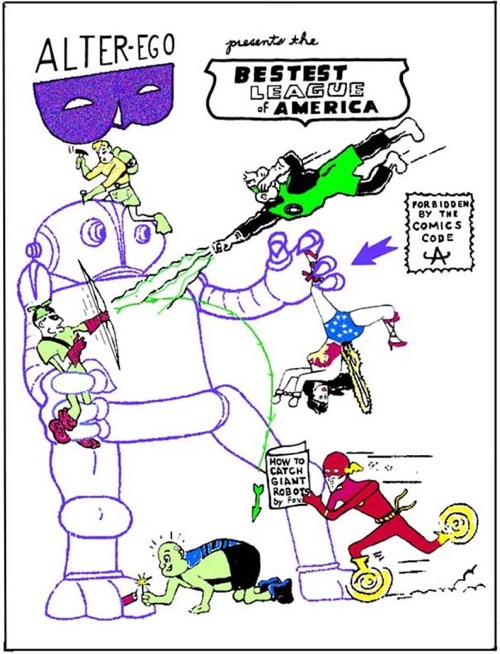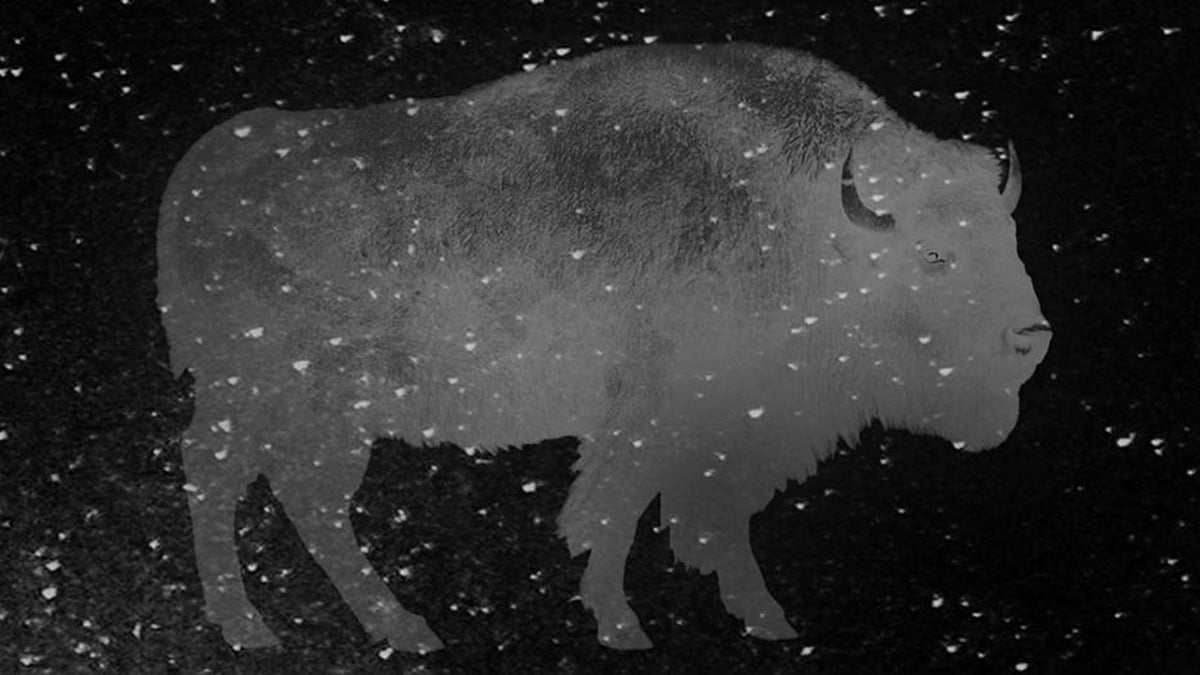As tweeted by Dave Gibbons, Pat Curley recounts the very beginnings of comics fandom — a historic confluence of Julius Schwartz, Jerry Bails, and Roy Thomas — and shows that even then the feedback loops of fandom and editorial were closely aligned:
And then a very odd and significant thing happened. Another young man wrote to Schwartz, also asking about back issues of All-Star. Schwartz referred him to Fox, who referred him to Bails.
Bails was so thrilled to discover that there was another adult out there who liked old issues of All-Star that he sent the second young man, Roy Thomas, duplicate copies of several of his issues. Over the next several months, Thomas and Bails wrote back and forth dozens of times.
Not long after this, Julius Schwartz resurrected the concept of a team of superheroes, this time named the Justice League of America. He incorporated the two superheroes he had relaunched thus far, the Barry Allen Flash and the Hal Jordan Green Lantern and rounded out the membership with three existing DC heroes, Wonder Woman, Aquaman and the Martian Manhunter.
Bails and Thomas were enthusiastic, but they had seen that comic books come and go. Bails wanted the Justice League to last, and so, during a trip to New York, he suggested to Schwartz that he start up a little newsletter for fans of the JLA, to help market the comics.
OF course, Thomas would go on to become not only the first fan to ascend to writer, but one of the first outside writers to work on the Marvel Universe, as “Roy the Boy,” setting the scene for the continuity cop editor as line runner, a position later filled by Mark Gruenwald and today, of course, Tom Brevoort.









One thing that interests me is that with comics fandom right from the very start, there seems to be a split between the art guys and the mainstream guys. It seems like EC had a well-established fan base early on, and the shuttering of the comics side of EC sparked a lot of early fanzine activity. From them came the humor zines that was the starting place for so many underground cartoonists. And then running kind of parallel were the Alter Ego guys. I don’t have a sense of how separate these two tribes were back then. Surely there was some overlap then, just as there is now. But it does seem like early comics fandom of the 1950s was already somewhat split.
Jerry Bails was the best at sharing the “wealth.” In the ’80s, I helped contribute to his massive indexing project. I don’t think I did too much work, but he still sent me this great giant-sized b&w reprints of golden age Human Torch and Captain Marvel comics that I still have.
He was the best.
Robert – There were splits not unlike how you describe, but they were mostly out of ignorance. Remember that comic fans, up through the 1950s, were very isolated from any other fans at all. The only way they were able to contact one another was through the letters pages. So if you didn’t see Jerry Bails’ address in “Showcase” because you didn’t read that title, you weren’t likely to hear about him. Bails’ first fanzine mailing list was literally generated by him going through the letters pages of whatever comics he was reading and copying down fans’ addresses. There really was no central location for fans of EC to interact with fans of DC.
So the split was because there was no way to NOT have one, not because “art guys” were trying to separate themselves from “mainstream guys.”
[shameless plug] I’ve got a more expanded history of fandom in my book, plus a lot more of the whys and wherefores if you’re interestes. http://www.ComicBookFanthropology.com[/end shameless plug]
“50 Years of Comics Fandom” is being celebrated at this summer’s Comic-Con International. Guests include Roy Thomas, Jean Bails (widow of Jerry), Maggie Thompson (who started “Comic Art” with Don Thompason in 1961), comics fandom historian Bill Schelly, and fanzine writer/editor Richard Kyle, who first coined the term “graphic novel.”
Were there fandom zines circulating in the late 80s? I never found them. I was an isolated kid in Kansas and no one I knew was into comics but me. i could never imagine why the stores stocked them, because there were only so many kids in my town, I knew pretty much all of them, and no one seemed to be buying the things but me.
It was depressing.
These zines would have made me really happy. Oh well.